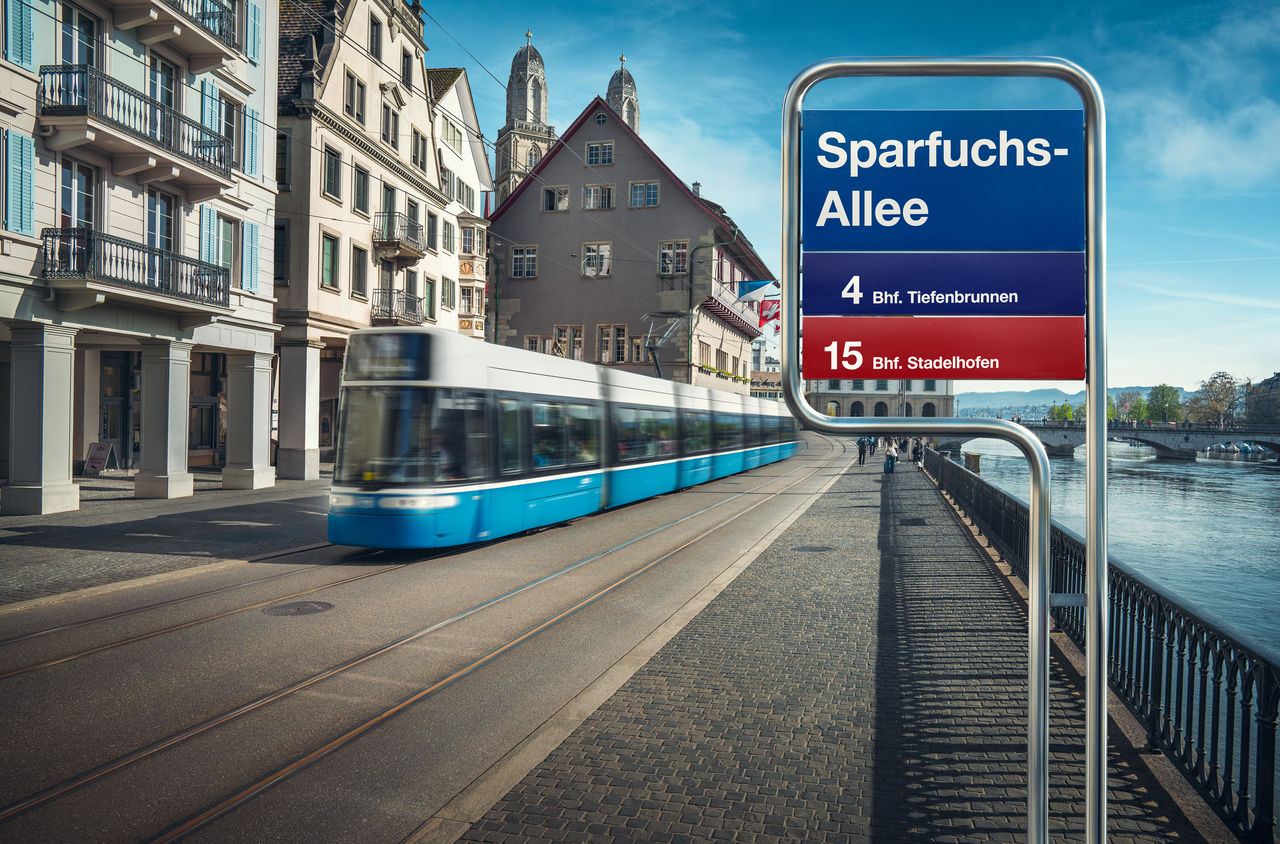S-Bahn 2G
The ZVV and SBB transport planners want to double the capacity on the Zurich rail network for the long-term with the second-generation S-Bahn.
The 4th partial expansion of the Zurich S-Bahn will relieve pressure on the network and increase services by 25%. The demand for public transport will, however, also continue to rise in the subsequent decades. Demand on the S-Bahn network will increase significantly by 2035. The Zurich Transport Network (ZVV) and SBB are creating a long-term service concept with S-Bahn 2G that makes better use of the existing infrastructure.
Inner S-Bahn and express S-Bahn
A system of inner and outer express S-Bahns is intended to double the Zurich S-Bahn network's passenger capacity in the long-term. The inner S-Bahn connects the city of Zurich and the first ring of suburbs and runs at least every quarter of an hour. The express S-Bahn serves all the stops outside the inner ring and then runs without stopping to the important main stations of Stadelhofen, Hardbrücke, Oerlikon, Enge and Altstetten, and to Zurich main station. A final decision has not yet been made on where the different S-Bahn areas are going to begin and end.
New rolling stock
The rolling stock is also to be adapted for S-Bahn 2G. The idea of allowing double-deckers to run on the express S-Bahn while new rolling stock is used on the inner S-Bahn is under consideration. These new trains are primarily intended to enable passengers to board and alight more quickly, which is advantageous for punctuality and timetable dependability.
Many implementation steps
The ZVV aims to take the first of several implementation steps by 2035. The necessary prerequisites for S-Bahn 2G are the Brüttener Tunnel and a fourth platform at Stadelhofen station. In addition, there will be many further infrastructure adjustments, such as new double track routes or platform extensions at stations, which can be implemented as part of the STEP-expansion procedure (STEP = Strategic Development Programme rail infrastructure).


